Starting with practically nothing (at one point he and his family were reduced to digging up roots to have something to eat), Genghis Khan became the conqueror of the largest land empire known to history. Waves of invasions out of the mid-Asian steppes had occurred before, but the great Khan’s of the 13th century was the most wide-reaching and astonishing. Its effects were profound on China, India, and Islam.
Too little is known about Genghis and his genius for both military and administrative affairs. The Mongols themselves were not particularly interested in recording their history; much of what comes down to us is through the lenses of peoples Genghis conquered, the Chinese and the Muslims. Of the great conquerors such as Alexander, Julius Caesar, and Napoleon, we know far less of Genghis and his offspring who expanded his Asiatic empire.
One thing is certain: Genghis had outstanding soldiers at his command. The nomadic Mongols were tough, they could put up with all sorts of weather, and they had highly developed hunting and riding skills, learned from an early age, giving them a distinct advantage when confronting the city dwellers of Chinese and Islamic civilizations whom they attacked.
A Mongol hunting tactic had men on horseback range in a large circle that then steadily closed, herding game to confines in which they could not escape the riders’ arrows. The work called for acute riding skills, coordinated movement, sharp discipline, adept communication among the riders, and accurate archery from the saddle.
All of these the Mongol riders put to use in warfare. Swift movement, encirclement, rapid communication between military segments (likely by means of flag semaphore), and deadly archery were generally more than a match for the more refined farmers and urbanites of the civilizations east and west that the Genghis armies attacked.
The Mongols also possessed an exceptionally effective bow. Unlike the common European type made of a piece of wood, the Mongol bow is known as the “composite” type, constructed of wood, bone, and sinew, and shaped with out-curving horns. Shorter than a European bow, it was more suitable for a rider on horseback, and it released its tension more steadily so that the arrow had about twice the range of a European bow. The arrows were sophisticated as well, being made of hollow reed, said to absorb the shock of release more quickly and fly more true to their targets.
The Mongol warrior’s pony was as tough as its rider. Short and strong, it fed off the land wherever it went, had great endurance, and was sure of foot. Very likely it made the Mongols the best cavalry the world has known. But it did not fare well in the deserts of the Middle East, in the jungles of Southeast Asia, or the humidity of India, all places were the Mongol encroachments finally found their limits.
But put these riders and ponies under the leadership of a genius such as Genghis Khan and you have a formula for immense conquest. The Mongol armies employed the usual stratagems of encirclement, flank attacks, surprise, ambushes, false retreats, and the like. They adopted tactics from those they conquered to use in successive conquests, thus employing Muslim siege tactics against Chinese cities and Chinese weaponry against Islamic armies. They also relied on genocide and the terror it invokes in their rampage across Asia.
That, of course, is reprehensible, but from a purely military perspective Mongols offered lessons still worth noting: Success derives from hard training, strict discipline, accurate communication, swift movement, and flexibility of plan. Westerners would do well to pay more attention to the Mongol campaigns.
Brooke C. Stoddard
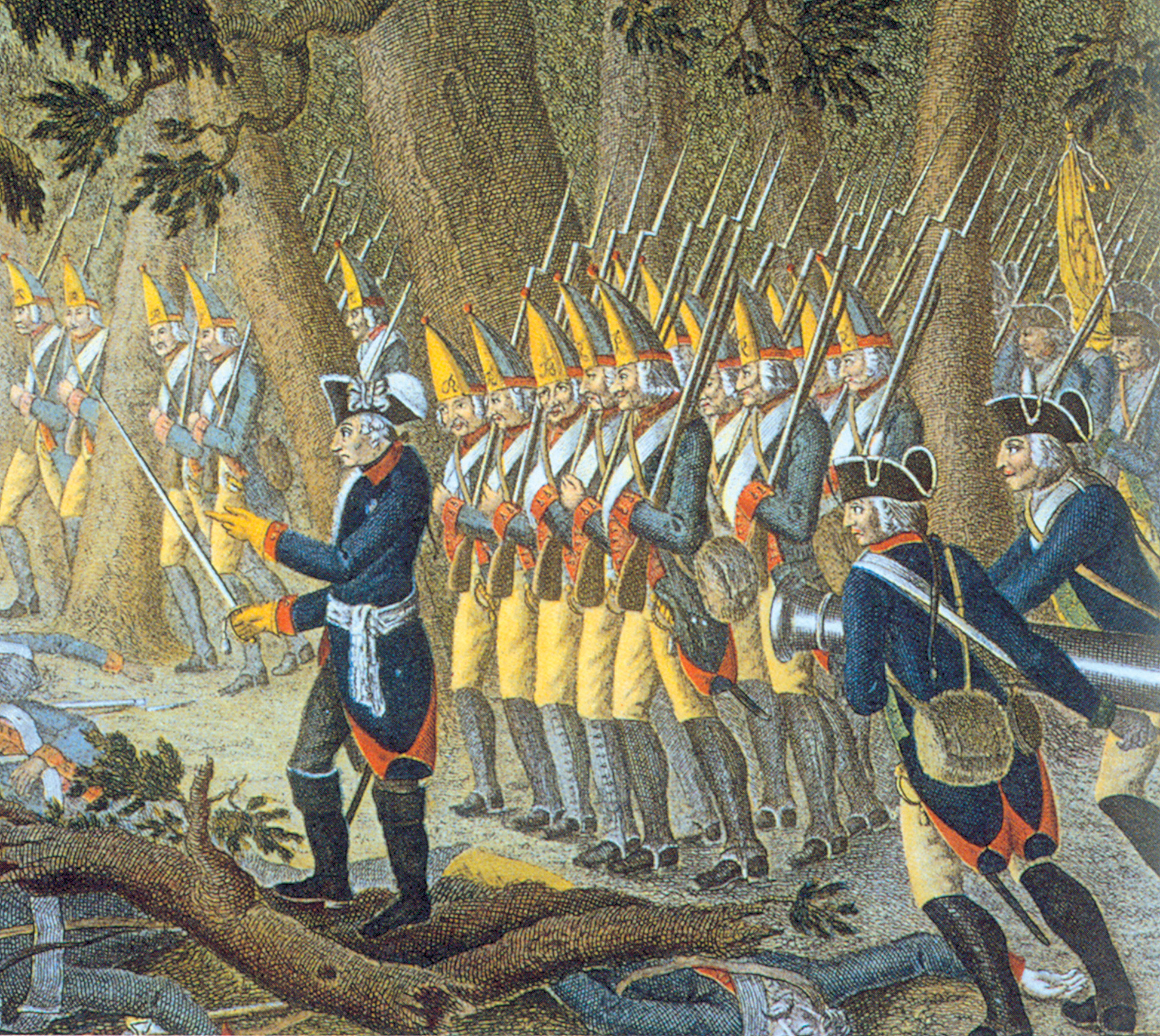

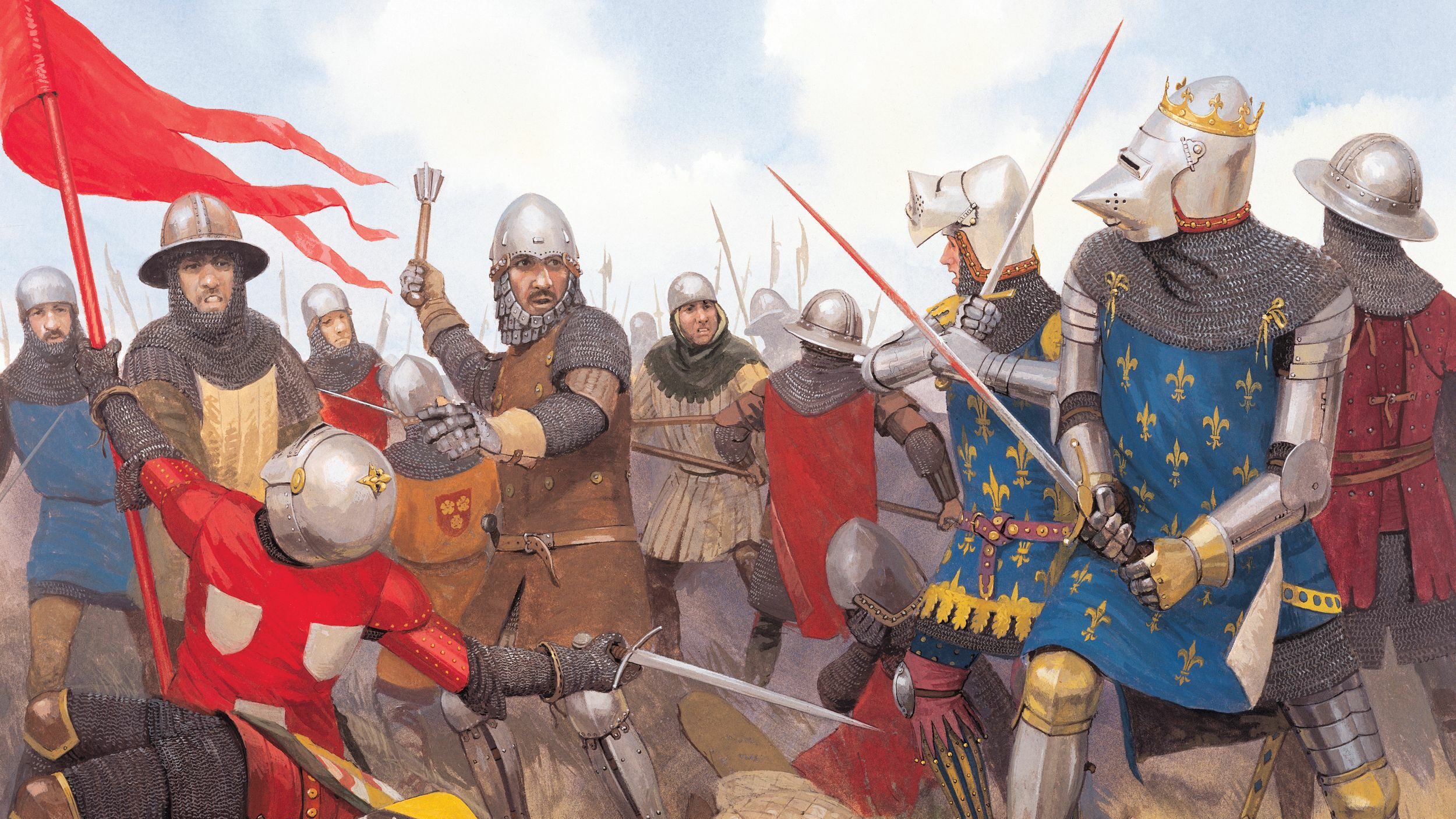
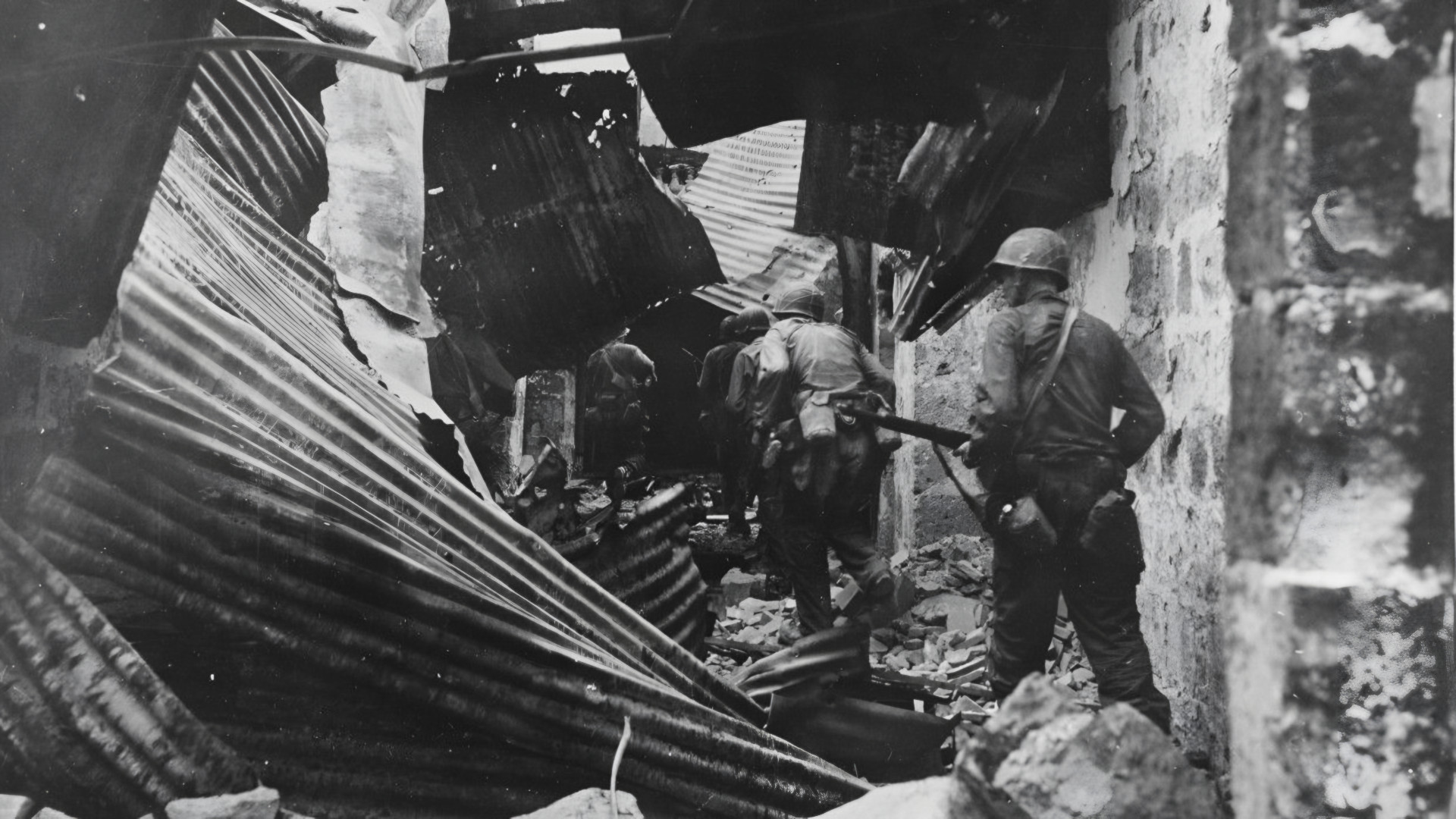
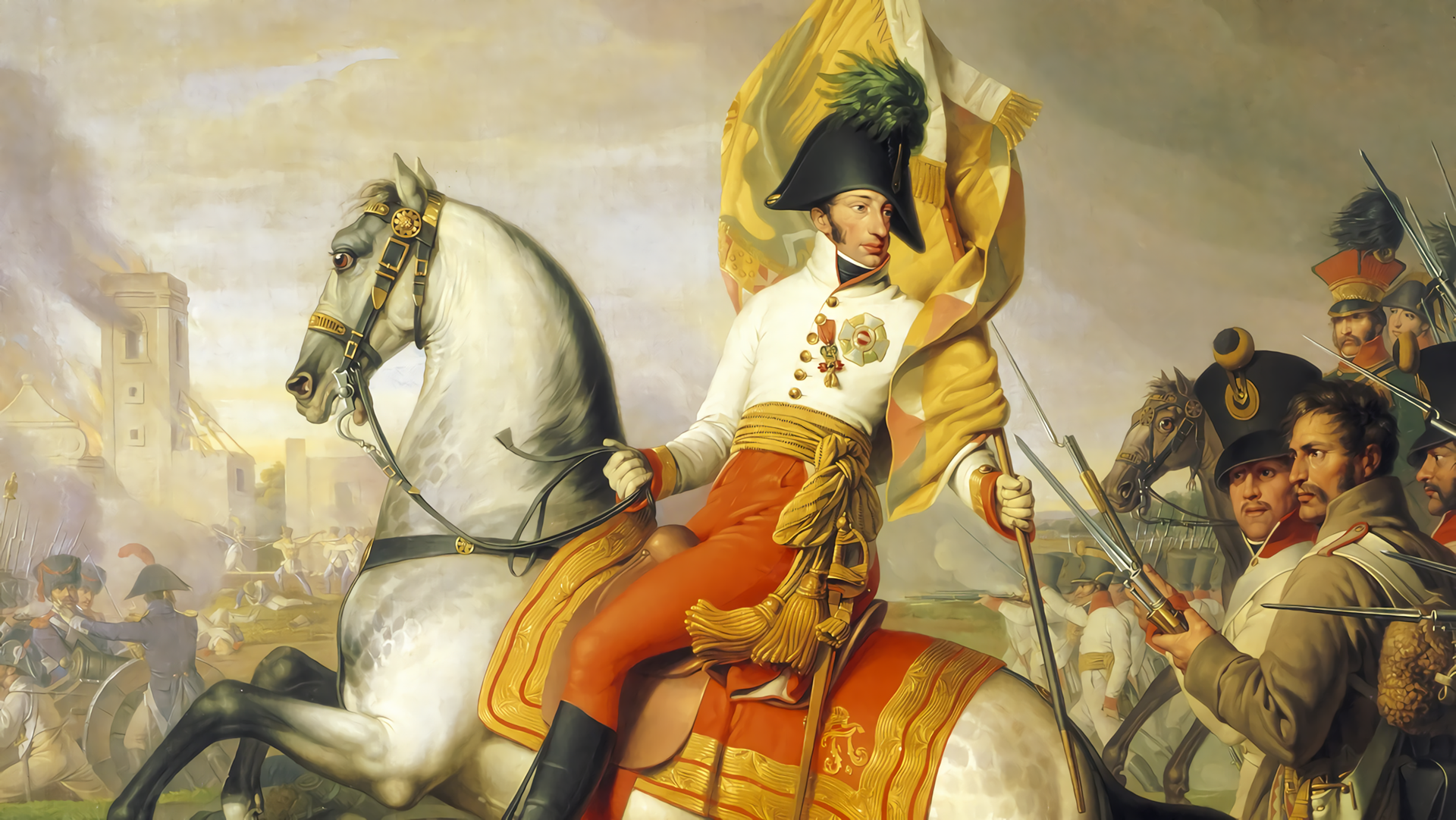
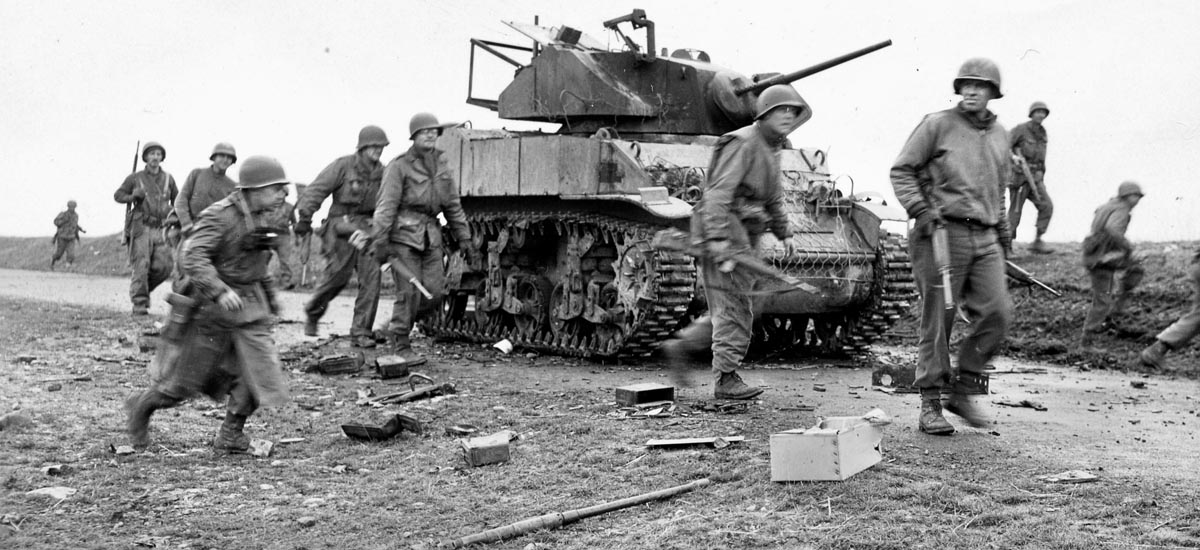
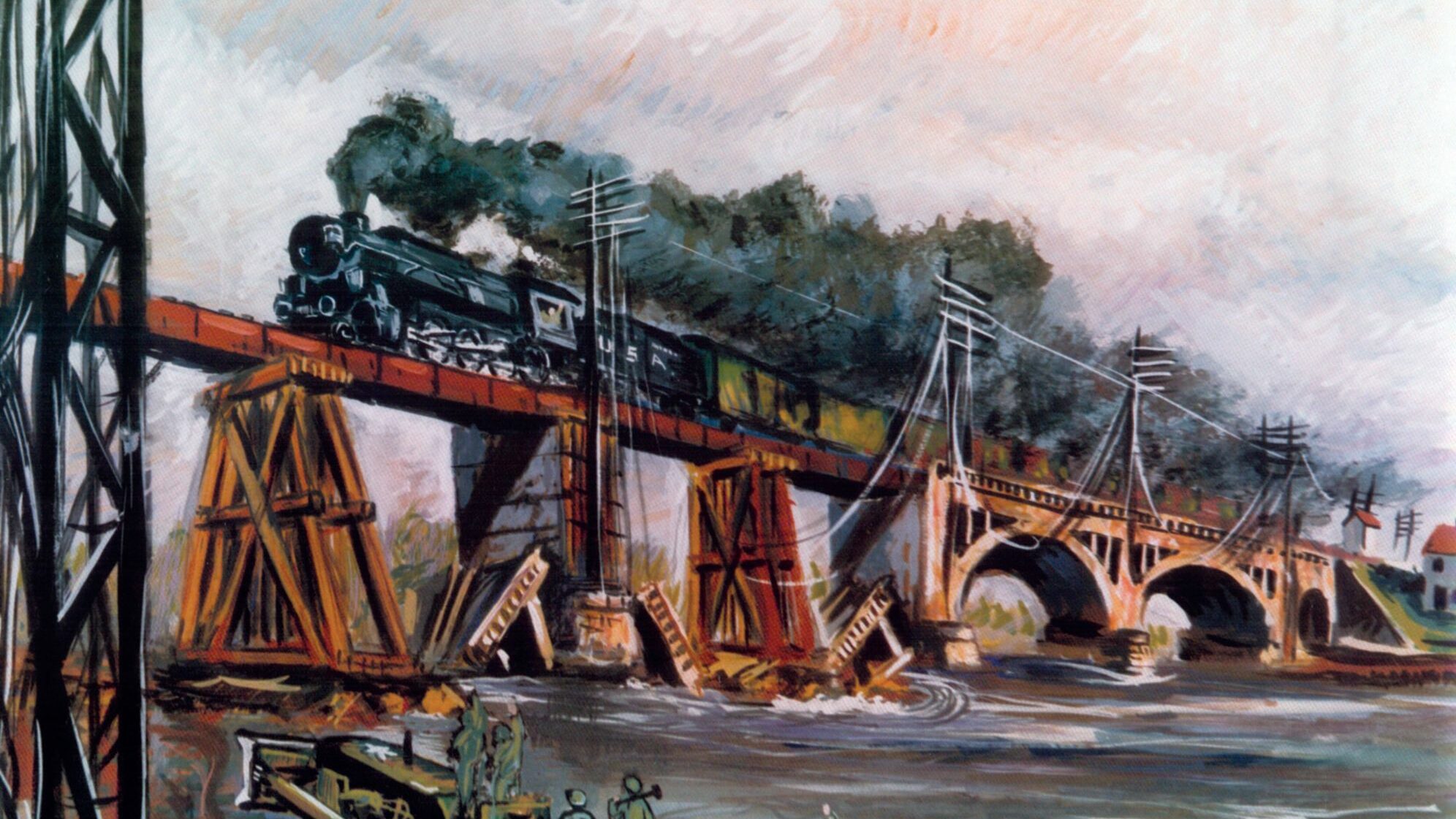
Join The Conversation
Comments
View All Comments